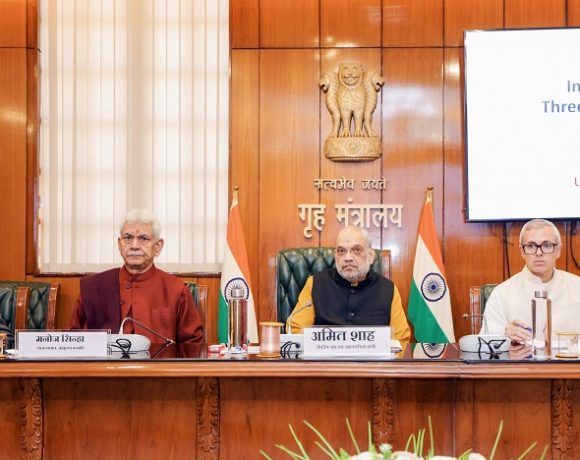
RBI Infuses Record ₹2.5 Trillion into Banking System
In a significant move to address liquidity constraints, the Reserve Bank of India (RBI) has injected a record ₹2.5 trillion into the banking system through an overnight variable rate repo auction. This substantial infusion follows the central bank’s aggressive interventions in the foreign exchange market aimed at stabilizing the Indian rupee.
RBI’s Record Liquidity Injection
The RBI’s decision to inject ₹2.5 trillion marks the largest single-day infusion in over a year. Banks subscribed to ₹1.94 trillion of the offered amount, indicating a strong demand for liquidity within the financial system. This measure is intended to alleviate the liquidity deficit that has been exacerbated by the central bank’s recent foreign exchange interventions.
Impact of Foreign Exchange Interventions
In recent sessions, the RBI has actively intervened in the foreign exchange market to support the rupee, which has faced depreciation pressures due to capital outflows and global economic uncertainties. These interventions, involving the sale of U.S. dollars, have inadvertently tightened rupee liquidity in the banking system, necessitating compensatory measures to ensure adequate liquidity for lending and economic activities.
Addressing the Liquidity Deficit
The banking system’s liquidity deficit has expanded significantly, reaching approximately ₹2 trillion as of February 11. Factors contributing to this shortfall include tax outflows and the RBI’s substantial dollar sales. To counteract this deficit, the RBI has not only conducted the record repo auction but also plans to purchase ₹400 billion in government securities, further injecting liquidity into the system.
Implications for Monetary Policy Transmission
Maintaining sufficient liquidity is crucial for the effective transmission of monetary policy, particularly following recent rate cuts aimed at stimulating economic growth. A tight liquidity environment can hinder banks’ ability to pass on lower interest rates to consumers and businesses. By infusing liquidity, the RBI seeks to facilitate smoother transmission of monetary policy decisions, ensuring that the benefits of rate reductions are realized across the economy.
Conclusion
The RBI’s unprecedented ₹2.5 trillion liquidity injection underscores its commitment to maintaining financial stability and supporting economic growth. By addressing the liquidity constraints arising from its foreign exchange interventions, the central bank aims to ensure that the banking system remains robust, capable of meeting the credit needs of the economy, and responsive to monetary policy measures.


















